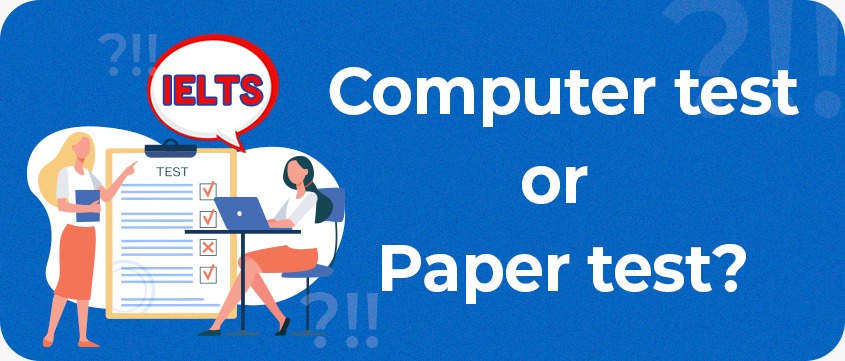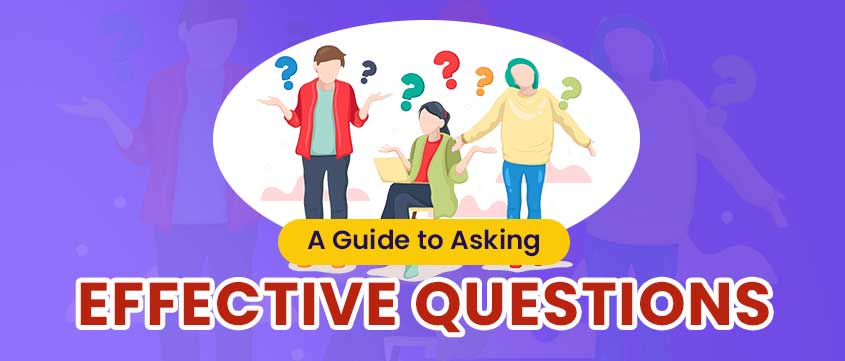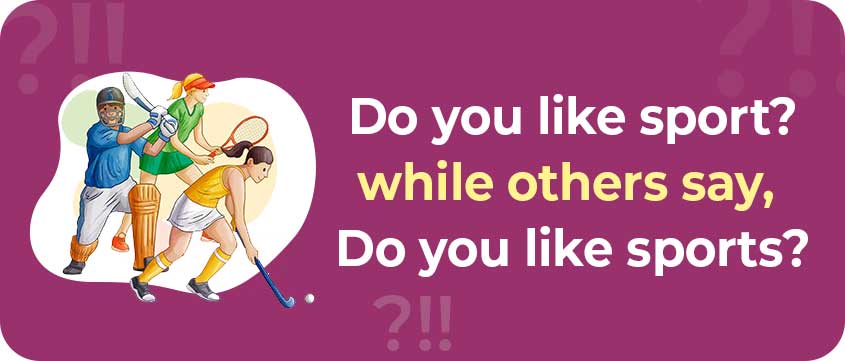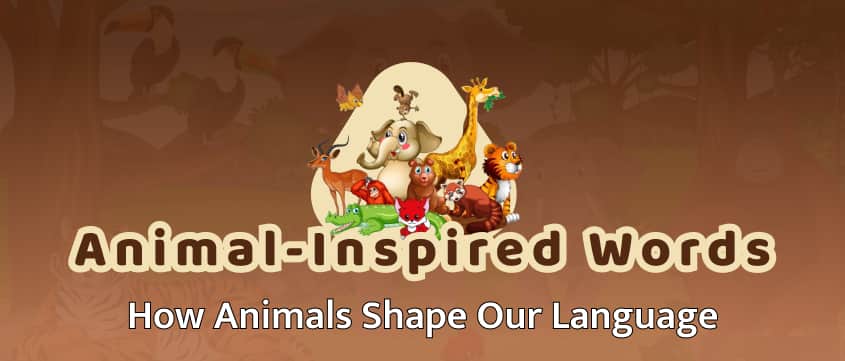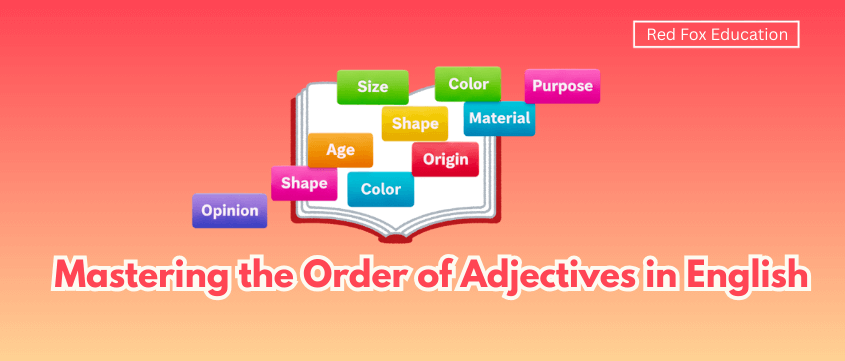What do you know or understand by the term, ‘phrasal verbs?’
Most people have heard of phrasal verbs but have a rather hazy understanding of what they actually are, and how we use them. Actually, phrasal verbs are very common AND very important in English. Native speakers use them often in almost every conversation, and it's hard to understand English fully if you don't know them well.
A good understanding of phrasal verbs will help:
- when you speak with other people
- make your conversation clearer, more fluent and more colourful
- your writing become more accurate and concise [if you’re a school student and you use phrasal verbs in your essays your teacher will like them and probably give you higher marks!]
Another good thing about phrasal verbs is that they’re fun to study!
As already mentioned, phrasal verbs can be very useful, but it can be difficult to learn and remember them. This is due to a number of reasons
Firstly, there are so many of them and they often look quite similar, like come on, come back and come out, or turn out, set out, get out and point out. Confusing!
Another difficulty is the fact that the meanings of most phrasal verbs are very narrow, and we often use each one in only one or two very specific situations.
Thirdly, there are a few phrasal verbs that have more than one meaning, and again each of those meanings are very specific.
For example, go out can mean:
- to leave your home or workplace for a social activity – Shall we go out tonight?
- to say something has stopped – I had to stop writing because the lights went out
- to talk about a romantic relationship – Jodie has been going out with Toby for six months now.
- to lose in a sports competition so that you can no longer take part – our team went out in the quarter-finals
- to say the sea or ocean has flowed away from the shore – oh look, the tide has gone out
Then there’s the rules or guidelines for forming phrasal verbs. These rules can seem quite technical and often cause difficulties for many students. For example, they are formed from a main verb + an adverb particle or a preposition, or sometimes both a particle and preposition; and the some of the most common adverb particles like at, in, on or over, can also be prepositions. Phrasal verbs can be transitive or intransitive, and can have two parts or three parts. With some phrasal verbs the object of the sentence must follow all parts of the phrasal verb but with others it (the object) can come between the main verb and the particle.
That makes it much clearer right?
NO? Well, don’t worry if you find these rules hard to understand. Knowing the rules, especially the difference between transient and intransient verbs, can help but each phrasal verb has a different and specific meaning so, basically, we have to learn each one separately.
The good news is that here at Red Fox Education we have a series of short courses coming soon which explain the most common phrasal verbs and how we use them in a sentence – because learning by example is always easier.
Sign up today to improve your understanding of phrasal verbs, and be one of our first students to take these new courses!
Sep 21, 2022 | English,Vocabulary,Native speakers | No Comments

